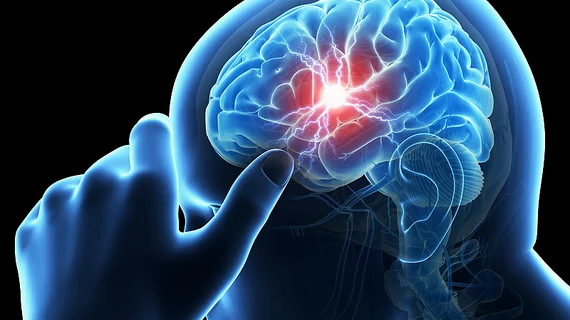Risk of death from stroke drops 24%
The risk of dying from a stroke fell 24% from 2000 to 2015, according to a new study published in PLOS Medicine.
Researchers explored data from the South London Stroke Register (SLSR), focusing on patients who received care at one of five different London hospitals. More than 3,000 patients who suffered their first-ever ischemic stroke were identified, and the adjusted overall mortality decreased 24% from 2000-2003 to 2012-2015. The reductions in mortality were noted in both white and black patients and in both men and women. There was also a 23% reduction in a patient’s functional dependence three months after onset.
“It’s really positive news to see that for patients who do have a stroke, the risk of death and disability is decreasing,” co-author Yanzhong Wang, PhD, of King’s College London, said in a prepared statement. Wang added that there is still more work to be done in this area, but “trends are moving in the right direction.”
The primary reason behind this change is believed to be significant improvements in how healthcare providers care for stroke patients.
“We think the change is due to improvements to the way we treat stroke, such as higher admission rates to hospital, increased use of CT and MRI scans, and more frequent treatment with thrombolytic and anticoagulant medications in the acute phase of stroke,” Wang said in the same statement. “We also believe that a shift towards patients having less severe strokes, perhaps caused by improved public health, could also play a role in the change.”

